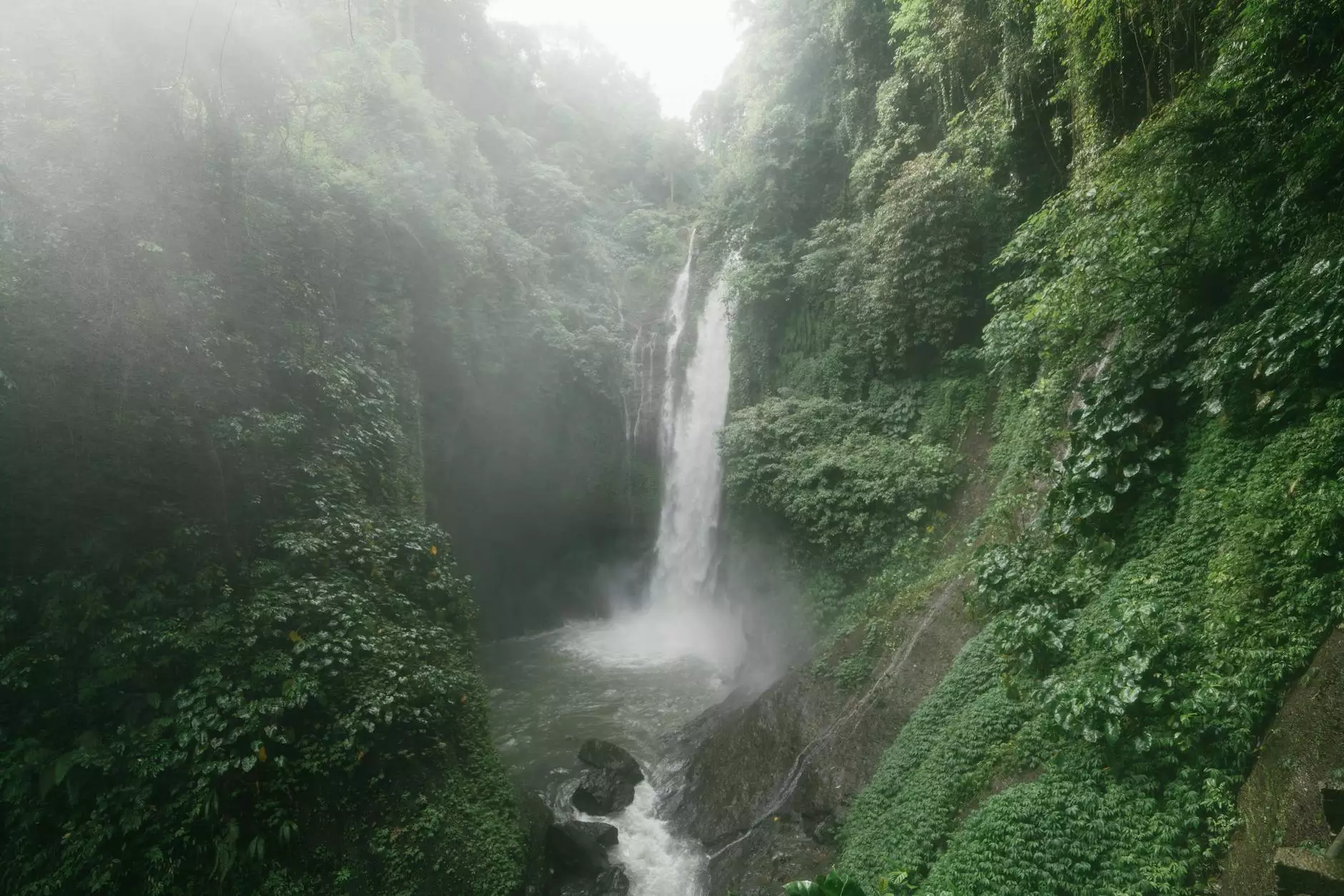The Wonders of Hydro Electricity

Hydro electricity, also known as hydropower, is a method of generating electrical power through the use of flowing water. It is a clean, renewable energy source that has been harnessed for centuries to provide electricity to communities around the world.
How Does Hydro Electricity Work?
Hydroelectric power plants use flowing water to turn turbines, which then generate electricity. The water flow can come from rivers, streams, or man-made channels. When the water passes through the turbines, the force of the flow causes them to spin, converting the kinetic energy of the moving water into mechanical energy. This mechanical energy is then converted into electrical energy through a generator.
Benefits of Hydro Electricity
Renewable: One of the key advantages of hydro electricity is that it is a renewable energy source. As long as there is water flowing, hydroelectric power plants can continue to generate electricity without depleting finite resources.
Clean: Hydro electricity is considered a clean energy source because it produces minimal greenhouse gas emissions compared to fossil fuels. This helps to reduce air pollution and combat climate change.
Reliable: Unlike solar or wind power, which rely on weather conditions, hydro electricity is highly reliable and can provide a consistent source of energy, making it a stable option for meeting electricity demands.
Types of Hydroelectric Power Plants
There are two main types of hydroelectric power plants: conventional and pumped storage.
Conventional Hydroelectric Plants
Conventional hydroelectric plants use dams to store water in a reservoir. When electricity demand is high, water is released from the reservoir to drive turbines and generate electricity. These plants can provide a steady source of power over long periods.
Pumped Storage Plants
In pumped storage plants, excess electricity is used to pump water from a lower reservoir to an upper reservoir. When energy demand is high, the stored water is released to generate electricity. This type of plant helps to balance the grid and store energy for peak usage times.
Environmental Impacts of Hydro Electricity
While hydro electricity is a sustainable energy source, it can have environmental impacts. The construction of dams and reservoirs can disrupt ecosystems and alter water flow patterns, affecting wildlife and habitats. It is important to carefully manage hydroelectric projects to minimize these impacts.
Conclusion
Hydro electricity is a remarkable technology that harnesses the power of water to generate clean, renewable energy. Its benefits in terms of sustainability, reliability, and minimal environmental impact make it a valuable component of the energy mix. By understanding what hydro electricity is and how it works, we can appreciate its role in building a greener future for generations to come.
what is hydro electricity


